According to the Vietnamese Dictionary (1988) by Editor-in-chief Hoang Phe, "ket toi xe to" means "marriage" (p.511). This phrase consists of two parts: "ket toi" and "xe to".
"Knotting hair" comes from the Chinese idiom "Ket phat phu the" (结发夫妻).
"Ket phat" means "hair tying". Originally, the term was used to refer to the ceremony certifying the maturity of men and women. According to the Book of Rites, at the age of 20, men perform the "thuc phat" (hair tying) ceremony, then wear a hat. For women, at the age of 15, they perform the "ban phat" (hair bun) ceremony by putting on a hairpin.
"Ket phat phu the" is an idiom referring to a couple getting married for the first time, originating from the poem Thi tu thu by Su Wu of the Han Dynasty, which includes the line: " Ket phat vi phu the, an ai luong bat nghi " (Ket phat vi phu the, an ai luong bat nghi).
In ancient times, newlyweds would cut a lock of hair and tie it into a heart-shaped knot, symbolizing eternal love. This was the wedding custom of "he jie" (合髻) during the Tang and Song dynasties.
According to the Book of Rites , at the time of marriage, the groom had to untie his wife's hair, officially declaring himself her husband. Later, this developed into the ritual of cutting and tying hair, signifying physical union and the expectation of fidelity.
Regarding "car silk", there are two hypotheses about the origin of this phrase.
a. According to the Origin Dictionary (1942) by Le Van Hoe, "xe to" comes from the story: "During the Tang Dynasty, Quach-nguyen-Chan was the Admiral of Kinh-Chau, a handsome and talented man. Prime Minister Truong-gia-Trinh wanted to marry his daughter, saying: "I have five daughters, each holding a silk thread standing behind a curtain, sticking the thread out. The Admiral standing outside holds the thread of whichever girl I marry." Nguyen-Chan obeyed, pulled out the red silk thread, and got the third girl, who was very beautiful" (p. 131).
b. "Xe to" originates from the idiom xich thang he tuc (赤绳系足: red thread tied to the feet). Xich thang is a red thread, symbolizing marriage in ancient times, first mentioned in Tuc Huyen Quai Luc. Dinh hon diem by Ly Phuc Ngon. According to legend, Vi Co of the Tang Dynasty met an old man under the moon ( nguyet ha lao nhan ), asked what his red threads were for. The old man said they were used to tie the feet of men and women to help them become husband and wife. This legend was later included in Thai Binh Quang Ky, and gradually became more widespread. Therefore, later generations called predestined fate xich thang he tuc or hong thang he tuc or xich thang oan tuc ( hong thang is a compound word that appeared in Phi Hoan Ki of the Ming Dynasty, meaning red thread, also translated as "red thread"; oan tuc means "tying the feet").
In general, the red thread ( red thread or red thread ) is a symbol of love and marriage. In the past, women of marriageable age often wore a red thread on their right wrist or ankle, implying "I am not married, looking for a partner".
In short, "ket toc xe to" is a phrase that appeared at least in the 19th century, written in Nom script in Truyen Kieu as 結𩯀車絲, corresponding to the idiom ket phat phu the or nguyen phoi phu the in Chinese, often used to refer to the first marriage, while re-marriage phu the is an opposite idiom, used to refer to a remarried couple.
Source: https://thanhnien.vn/lat-leo-chu-nghia-ket-toc-xe-to-185251003191704087.htm



![[Photo] General Secretary To Lam receives President of the Senate of the Czech Republic Milos Vystrcil](/_next/image?url=https%3A%2F%2Fvphoto.vietnam.vn%2Fthumb%2F1200x675%2Fvietnam%2Fresource%2FIMAGE%2F2025%2F11%2F21%2F1763723946294_ndo_br_1-8401-jpg.webp&w=3840&q=75)

![[Photo] President Luong Cuong receives Speaker of the Korean National Assembly Woo Won Shik](/_next/image?url=https%3A%2F%2Fvphoto.vietnam.vn%2Fthumb%2F1200x675%2Fvietnam%2Fresource%2FIMAGE%2F2025%2F11%2F21%2F1763720046458_ndo_br_1-jpg.webp&w=3840&q=75)
![[Photo] Visit Hung Yen to admire the "wooden masterpiece" pagoda in the heart of the Northern Delta](/_next/image?url=https%3A%2F%2Fvphoto.vietnam.vn%2Fthumb%2F1200x675%2Fvietnam%2Fresource%2FIMAGE%2F2025%2F11%2F21%2F1763716446000_a1-bnd-8471-1769-jpg.webp&w=3840&q=75)
![[Photo] National Assembly Chairman Tran Thanh Man holds talks with President of the Senate of the Czech Republic Milos Vystrcil](/_next/image?url=https%3A%2F%2Fvphoto.vietnam.vn%2Fthumb%2F1200x675%2Fvietnam%2Fresource%2FIMAGE%2F2025%2F11%2F21%2F1763715853195_ndo_br_bnd-6440-jpg.webp&w=3840&q=75)


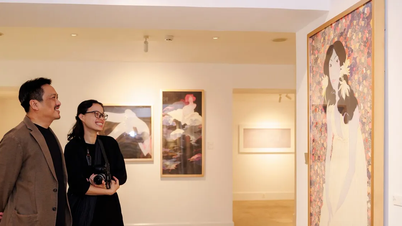



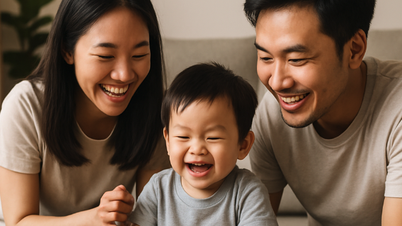
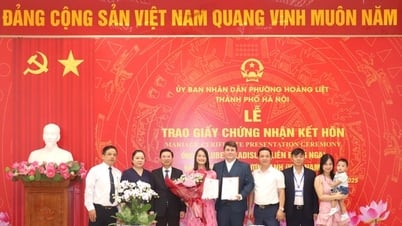









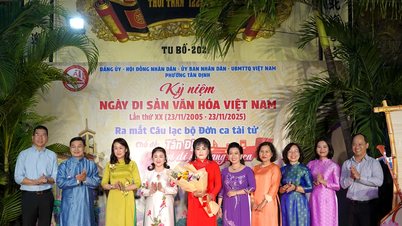




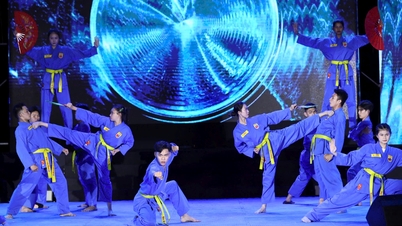
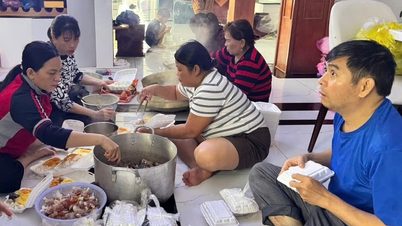














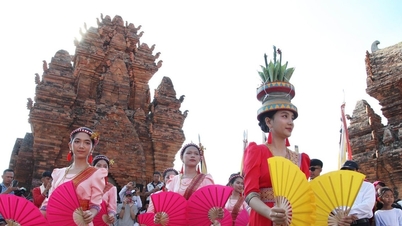

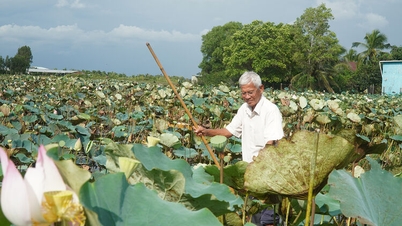

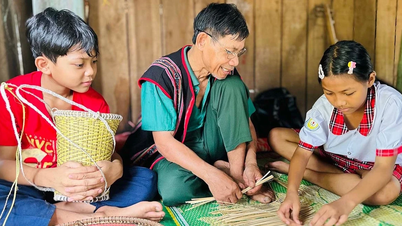



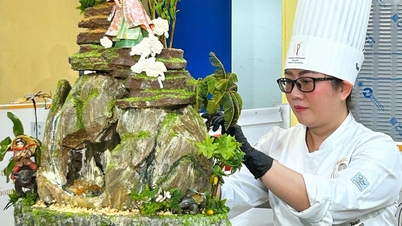










































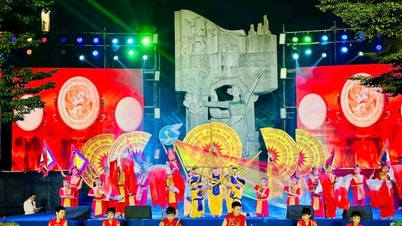














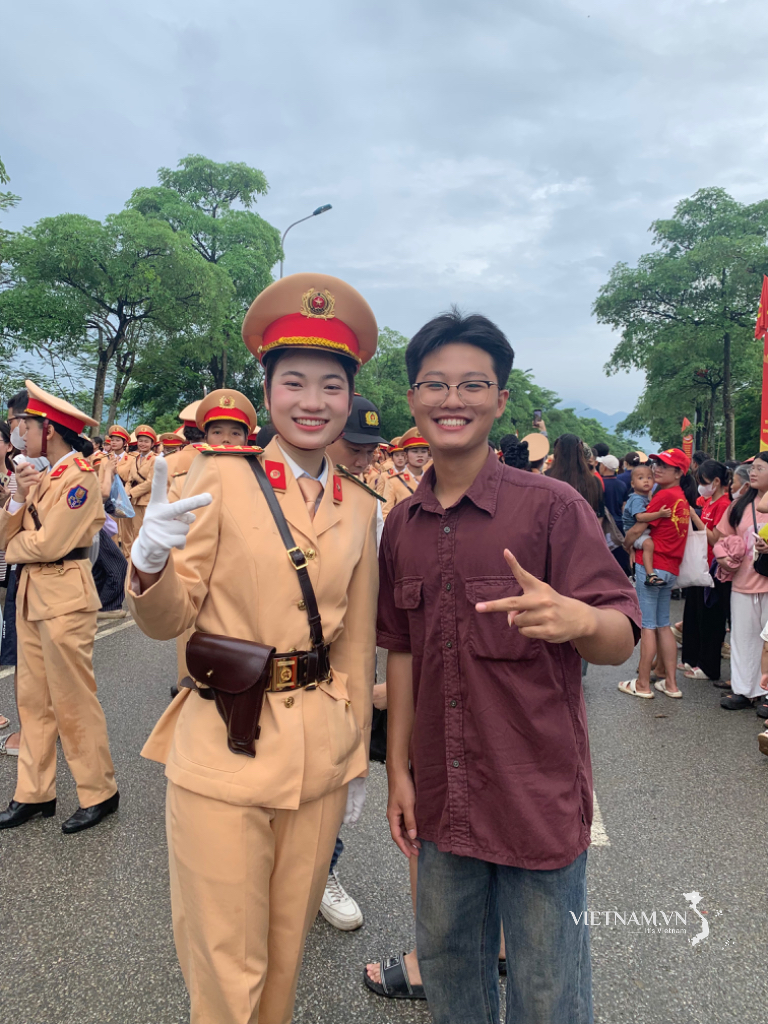
Comment (0)